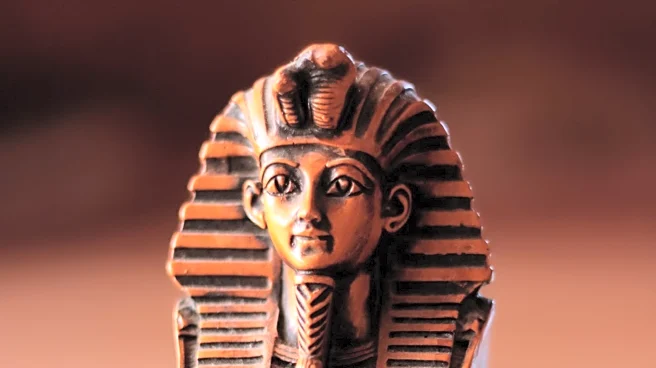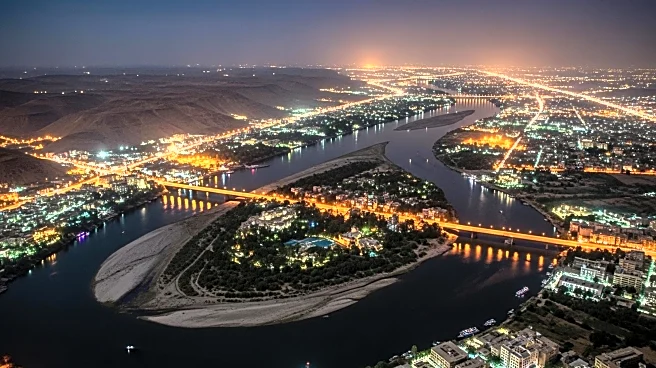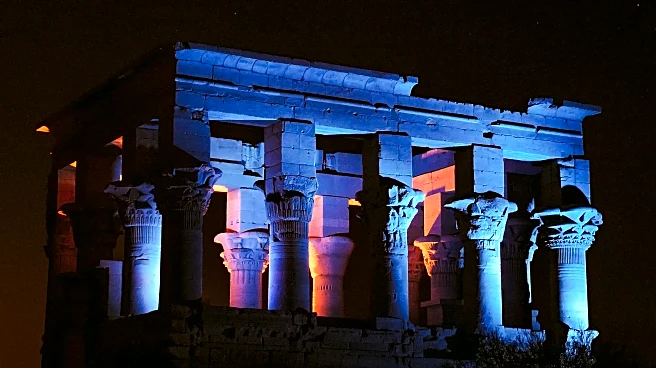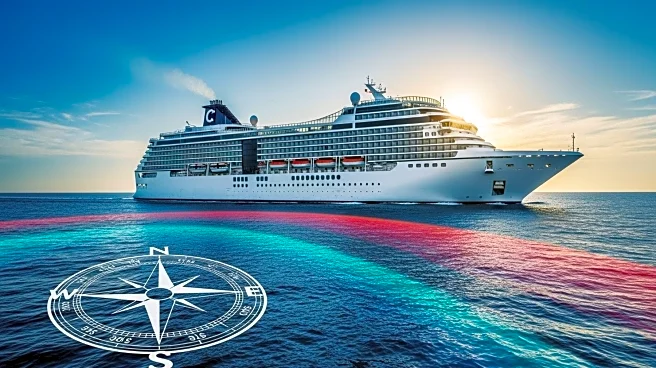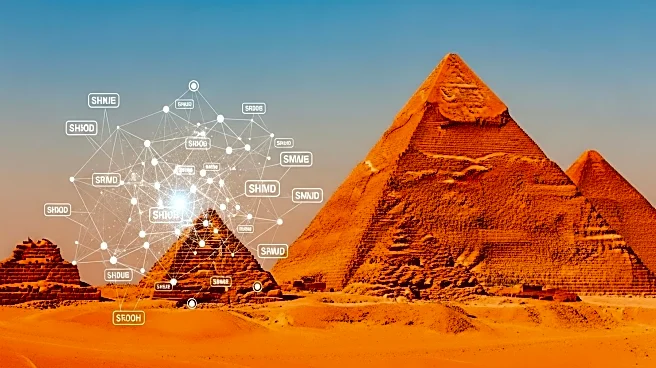What's Happening?
Egypt's Ministry of Tourism and Antiquities has successfully retrieved a collection of ancient statues and artifacts from a sunken city off the coast of Alexandria. The recovery operation, conducted by divers and cranes, brought to the surface royal figures and sphinxes from the pre-Roman era, including a partially preserved sphinx with the cartouche of Ramses II. The site, located in Abu Qir bay, is believed to be an extension of the ancient city of Canopus, a significant center during the Ptolemaic dynasty and the Roman Empire. The city, along with the nearby port of Heracleion, was submerged due to earthquakes and rising sea levels.
Why It's Important?
The recovery of these artifacts is a significant archaeological achievement, shedding light on the rich history and cultural heritage of ancient Egypt. It provides valuable insights into the Ptolemaic and Roman periods, offering a glimpse into the architectural and artistic achievements of these civilizations. The operation also highlights the challenges and opportunities in underwater archaeology, as well as the importance of preserving and studying submerged cultural heritage. The artifacts could attract international interest and tourism, contributing to Egypt's cultural and economic development.
What's Next?
The Egyptian Ministry of Tourism and Antiquities plans to continue exploring the sunken city and its surroundings, potentially uncovering more artifacts and structures. The recovered items will likely undergo conservation and study before being displayed in museums, enhancing public understanding of Egypt's ancient history. The operation may also inspire further international collaboration in underwater archaeology and the preservation of submerged cultural heritage. The findings could lead to new research and discoveries, deepening our knowledge of ancient civilizations and their interactions.
